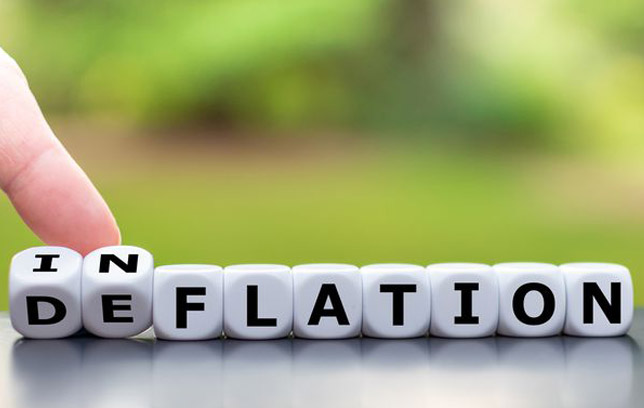
In the short term, we expect inflation to overshoot slightly but this pick-up should be temporarily and transitory in nature. The temporary increase in inflation mainly reflects base effects, the rise in commodity prices, and supply chain disruption.
We think that that the dynamics that have driven low inflation very much remained ingrained today and we remain sceptic about fiscal policy implemented so far to drive inflation much higher. So why we do not expect a runaway inflation:
- The slack in the labor market will take time to recover to pre-pandemic levels. Some of the jobs lost are not coming back and companies may well come out of the pandemic more productive, putting further downward pressure on wages and employment. In the US, jobs creation needs to be around 100,000 per month just to keep pace with population growth and return to pre-pandemic level;
- The fiscal stimulus provided so far is targeting to replace lost demand, not necessarily fuelling additional demand that could be inflationary. Large chunk of the latest round of fiscal stimulus approved by congress are towards the containment of COVID-19 and direct aid to families;
- The fiscal policy is losing its potency. Back in the 1950s, 1 dollar of debt generated around 0.8 dollar of GDP; today it’s less than 0.4 dollar. This is a global trend. Fiscal stimulus is acting like a sugar rush – it’s effective for a couple of quarters but then starts to wane as too much debt and ageing demographics weigh on economic activity;
- QE (Monetary stimulus) alone will struggle to lift inflation through asset-purchase programmes, which merely change the composition of assets in private hands, from bonds to deposits. A key reason to remain sceptic about current monetary policy to spur inflation is that commercial banks chose to store extra liquidity back with the central bank in the form of excess reserves rather than lending it in the real economy, resulting in a drop in the velocity of money. The data so far suggests that this situation persists today as demand for investment loans remains weak and excess reserves with central banks continue to rise;
- The CPI basket are composed of 42% of housing (shelter) and 9% health care, both components face downward price pressure; and
- Longer structural forces that have supported weak inflationary trends – such as high leverage, ageing populations, the relentless downward pricing pressures of the internet, rising income inequality and falling fertility rates – with the latter pointing to lower rates of economic growth, remains pretty much in play.
It’s also important to note that China’s real GDP level is now 19% above pre-pandemic levels and core inflation has somehow managed to slow to an 11-year low of 0.2% from 1.3% a year ago, with no sign of inflation in-spite of a somewhat firmer commodity pricing backdrop.


